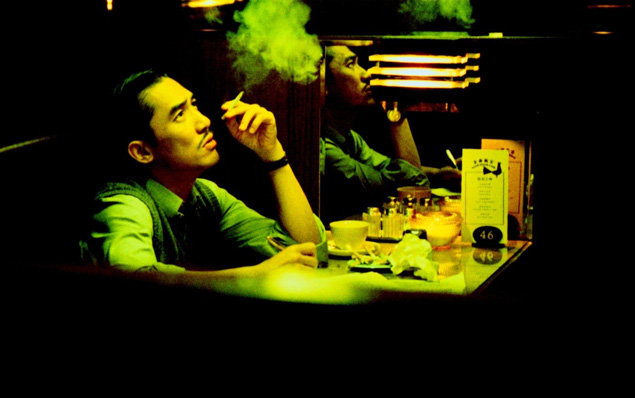
Hong Kong cinema has been a dominant force in the world of movies since the 70s, and one of the first to transcend the boundaries of Asia, due to production companies like Shaw Brothers and Golden Harvest, which paved the way for international stars like Jackie Chan and Bruce Lee.
The seeds planted in the 70s resulted in a boom in the industry in the 80s and early 90s, headed by companies as Cinema City, filmmakers as Tsui Hatk, Wong Jing and John Woo, and actors as Chow Yun Fat, Brigitte Lin and Jet Li, who made the action genre the dominant style and subsequently, Hong Kong cinema, a global phenomenon. At the same time, filmmakers like Ann Hui and Wong Kar Wai created the Hong Kong New Wave, which produced more “artistic” films that dealt with social, economical and political subjects and included actors like Maggie Cheung and Tony Leung.
Despite the crisis that occurred in the mid-90s and continuing into the 00s, Hong Kong cinema continued to present successful companies (Milkyway Image), filmmakers (Johnnie To, Andrew Lau ,Wai Ka Fai) and actors (Andy Law, Donnie Yen) that had a worldwide impact.
Lastly, an important category that flourished through all these years, particularly due to cult audiences, is the one consisting of Cat III films, which entailed exploitation productions centering on sex, violence, and sadism.
Here is a list with 30 distinct examples of Hong Kong cinema that cover all of the aforementioned timelines and categories in chronological order.
1. One-Armed Swordsman (Cheng Chang, 1967)
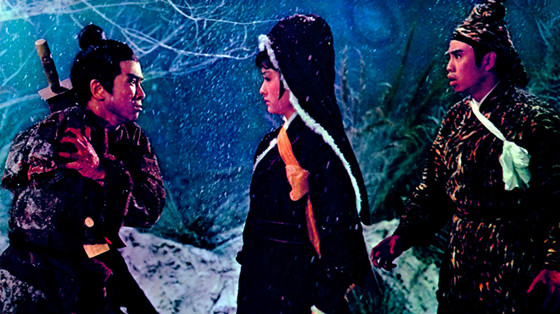
One of the most iconic characters of the action genre, “One-Armed Swordsman” was also a turning point for the industry, introducing the concept of the anti-hero and being one of the first films to entail intense swordplay scenes and heavy bloodletting. Furthermore, it was the first film to reach the mark of HK $1 million at the local box office and made a star out of its protagonist, Jimmy Wang. Lastly, his impact was so immense that it spawned two sequels, a remake, a crossover with the respective Japanese hero Zatoichi, and innumerable imitations.
A rival clan attacks the Golden Sword School and the one who manages to save the master is a servant who ends up mortally wounded. In order to honor his sacrifice, Master Qi Ru Feng takes his son, Fang Gang, as a student, in a very unusual gesture for the era.
The boy grows up and becomes an excellent fighter. Nevertheless, he is also the object of jealousy among his colleagues for his lowly origins and for his prowess. Their attitude eventually drives him from the school but they do not stop there, ambushing him and even managing to cut off his arm with cunning viciousness. Fortunately for him, a girl named Hsiao Man, who even owns a manual for a secret one-armed technique, rescues him.
Cheng Chang’s biggest achievement in this film is that he managed to make Jimmy Wang, a mediocre fighter, appear as a great martial artist through a number of clever cinematic tricks and stunts. Furthermore, the action scenes had an unprecedented quality for the time, while Chang even managed to incorporate some social issues in this classic masterpiece.
2. The Arch (Tang Shu Shuen, 1968)
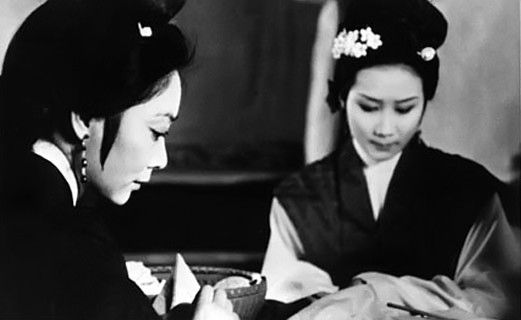
This debut by Tang Shu Shuen (aka. Cecile Tang) has reached a legendary status in the last decades, because it was shot by one of the very few women filmmakers of the time, because it was photographed in black and white in contrast to the almost motley-colored films of the time, and for implementing a number of unique editing techniques.
Set in the Qing dynasty, the film tells the story of Madame Tung, a beautiful woman who is so virtuous that the emperor has decided to honor her by allowing her fellow townspeople to build an arch to commemorate her. However, she is being tormented by feelings for a cavalry captain who temporarily stays in her residence, with the feelings being mutual. Unfortunately for her, her daughter has also feelings for the captain, making her already suppressed desire a terrible burden.
Cecile Tang directed a romantic drama regarding the role of the woman in the modern society, and particularly what is expected of them. However, she detached it from the 60s by placing it in the setting of the Qing Dynasty, thus creating a metaphor.
However, where the film truly excels is in the technical department, with freeze frames, jump cuts, multiple overlays, and other techniques that added to the exquisite style of the movie. Lisa Lu is sublime as Madame Tung.
3. Fist of Fury (Wei Lo, 1972)
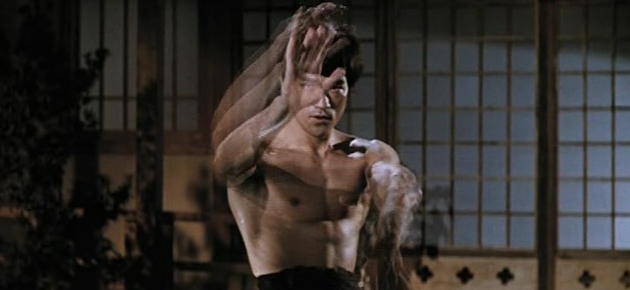
In the beginning of the 20th century, Chen Zhen returns to Shanghai to marry his fiancé. However, upon his arrival, he learns that his master has died under suspicious circumstances. Furthermore, during the funeral, students from a Japanese dojo appear and start mocking Zhen and his fellow students. Despite advice from his friends, he gets into a tangle with the Japanese while investigating his master’s death.
With action choreography arranged by Bruce Lee, “Fist of Fury” took advantage of his physical prowess and technique, to present some magnificent action scenes where Lee moves with uncanny speed and absolute grace. Furthermore, it was one of the first movies that the action scenes did not resemble the style of the Chinese opera, but were similar to those of Japanese samurai films and used actual martial arts techniques, where Lee’s prowess becomes evident. This element was probably the reason for the film’s success in the US.
“Fist of Fury” beat the previous Hong Kong box office set by Lee’s “The Big Boss” the previous year, additionally spawning three sequels.
4. Master of the Flying Guillotine (Jimmy Wang, 1976)
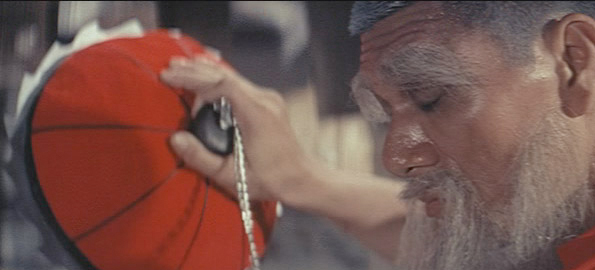
Jimmy Wang wrote, directed and starred in this sequel of the “One-Armed Boxer”, that reached cult classic status due to its themes that inspired video games like “Street Fighter” and “Mortal Kombat” and directors like Tarantino, the absurd character names, and the fact that it featured music from Krautrock bands like Kraftwerk without their permission.
In the first film, One-Armed Boxer killed the two Tibetan monks responsible for his mutilation and the death of his family. In this film, their master, a blind old monk, decides to get revenge when he receives an invitation to an annual tournament of martial arts.
The film showcased a number of nonsensical though highly entertaining characters and techniques, including a young Thai boxer who dances before each fight and a strange Japanese fighter named Win Without a Knife. Furthermore, it was one of the earliest movies to incorporate some of the later standards of the genre, like the tournament concept and the ignored gravity laws.
The action scenes are impressive and done in a cartoonish style, and the final scene between the two masters is sublime.
5. Drunken Master (Woo Ping Yuen, 1978)
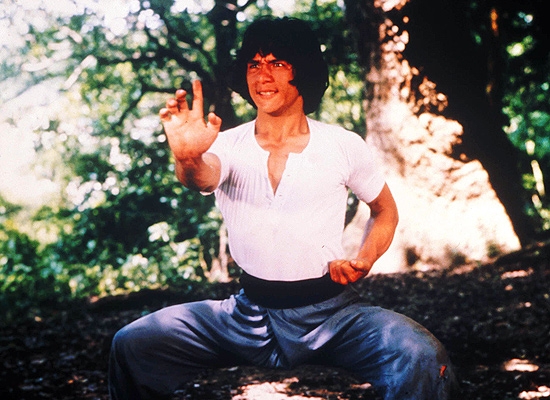
The role that elevated Jackie Chan to stardom showcases all the elements that characterize his filmography.
He portrays Wong Fei Hung, a classic Chinese folk hero who is the son of a famous kung fu teacher. However, due to his irresponsible behavior, he constantly infuriates his father, who decides to send him to train with Su Hua Chi, another common character of Cantonese martial folklore, who was famous for his drunken kung fu style. During his training, he encounters the notorious assassin Yim Tim Sam.
Jackie Chan’s style is in its zenith here, with constant acrobatics, slapstick humor, and impressive action scenes. Yuen Woo Ping, currently one of the most renowned action choreographers and coordinators, debuted as a director in “Drunken Master”, and also designed some of the most impressive actions scenes of the time.
All three protagonists, Jackie Chan as Wong Fei Hung, Simon Yuen as Su Hua Chi and Wong Chen Lee as Yim Tim Sam, are magnificent in their parts, with the final battle between Chan and Lee being one of the greatest in the genre.
6. Heroes of the East (Lau Kar Leung, 1978)
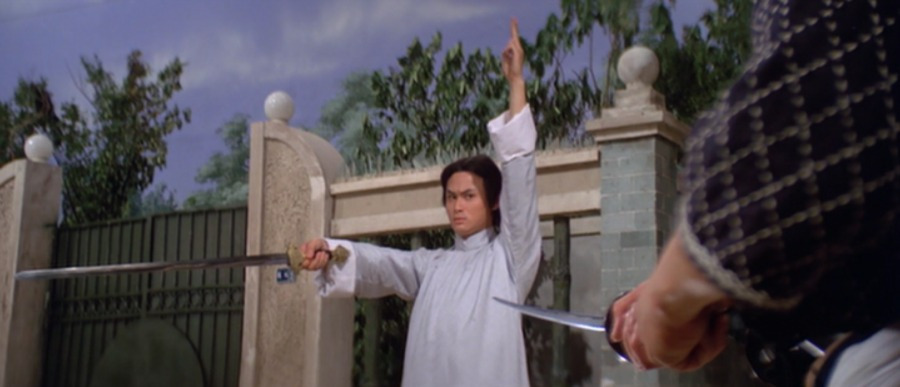
One of the most impressive performances in Gordon Liu’s vast filmography, “Heroes of the East” is also notable for portraying a number of Japanese martial arts along the Chinese ones.
Ho Tao is a kung fu student whose father forces him to marry the Japanese daughter of a business associate. However, his wife, Yumiko Koda, is also a martial artist and soon an argument over which nation is the superior in martial arts ensues, which escalates and results in Yumiko leaving for Japan.
In order to bring her back, Ho Tao sends a letter of challenge to her, which is misinterpreted by her martial arts colleagues and results in her return with seven fighters of different Japanese styles, challenging Ho Tao and his kung fu.
Lau Kar Leung focuses on these seven fights, every one of which is top notch and features sublime choreography by Liu Chia Liang. Furthermore, and due to the different styles exhibited, each fight is different and the quality grows as the matches progress. In that fashion, the last one, against Yasuaki Kurata (who plays a ninjutsu expert), is the most spectacular of all, making the most of its two protagonists’ martial arts prowess.
7. The Prodigal Son (Sammo Hung, 1981)
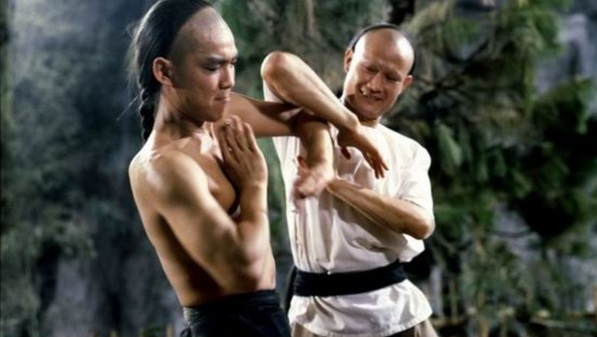
Considered one of the best traditional kung fu movies ever made, “The Prodigal Son” tells the story of historical Chinese Wing Chun practitioners, Leung Chang and Leung Yee Tai. The former is the privileged son of a wealthy entrepreneur in 19th century Foshan, who studies kung fu, albeit unenthusiastically. His lack of drive and his constant challenging of other fighters to duels have forced his father to pay those people to deliberately lose against him.
Eventually, during a performance attended by Chang’s friends, a skirmish between them and a member of the troupe occur, who unveils himself as the renowned Wing Chun master, Leung Yee Tai, before he humiliates them in the ensuing fight. Subsequently, Chang challenges him to a duel but his father does not succeed in bribing him, thus resulting in Jan’s easy loss and the apocalypse of what was really going on. The disillusioned Chang asks Tai to teach him Wing Chun.
Sammo Hung, who is also in the film, is a master in portraying Wing Chun and this movie is clear proof of that fact. The fight scenes are quick and elaborately choreographed, with the actors executing them to perfection without the assistance of wireworks or camera tricks. Thus, the three protagonists (Yuen Biao, Lam Ching Ying and Sammo Hung) earned the Best Action Choreography award at the 1983 Hong Kong Film Awards.
Furthermore, Hung entailed some comic elements and Ricky Lau, the cinematographer, shot the scenes with depth, in a distinct differentiation from the usual two-dimensional approach of that time.
8. Boat People (Ann Hui, 1982)
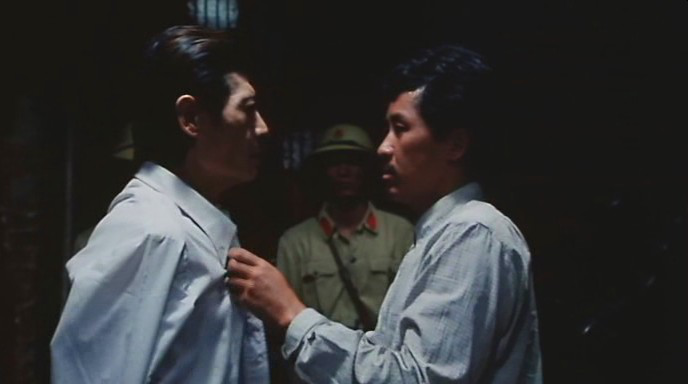
One of the most important films in Hong Kong cinema history, “Boat People” won five awards at the 2nd Hong Kong Film Awards, was screened at the 1983 Cannes Film Festival, is ranked 8th on the list of the 103 best Chinese language films in the past 100 years, cemented Hui’s reputation as one of the most prominent New Wave filmmakers, and brought international attention to her work. Furthermore, it was a large commercial success, screening to filled cinemas for months.
The film follows Japanese photojournalist Akutagawa, who has returned to Danang after three years, since his coverage of the communist takeover. A government official named Nguyen accompanies him and initially brings him to a model area, where everyone seems to be happy, particularly the schoolchildren.
However, as he roams the city by himself, he comes across the bitter truth, first when he visits an orphanage and subsequently when he befriends a 14-year-old girl named Cam Nuong, and her family.
Ann Hui paints a horrendous image of communist Vietnam, with the tragic scenes presented one after another, in this highly melodramatic film. One of the film’s most shocking moments occurs when Cam Nuong and her brother are shown searching the pockets of dead citizens who have been executed by a firing squad. However, the film’s aesthetics are not those of a documentary-like film, and the fact that the incidents depicted amount to fiction is quite evident.
The cast acts quite well, although the one who truly shines is Season Ma, who makes an astonishing debut as Cam Nuong, with the story actually revolving around her.
9. Project A (Jackie Chan, 1983)
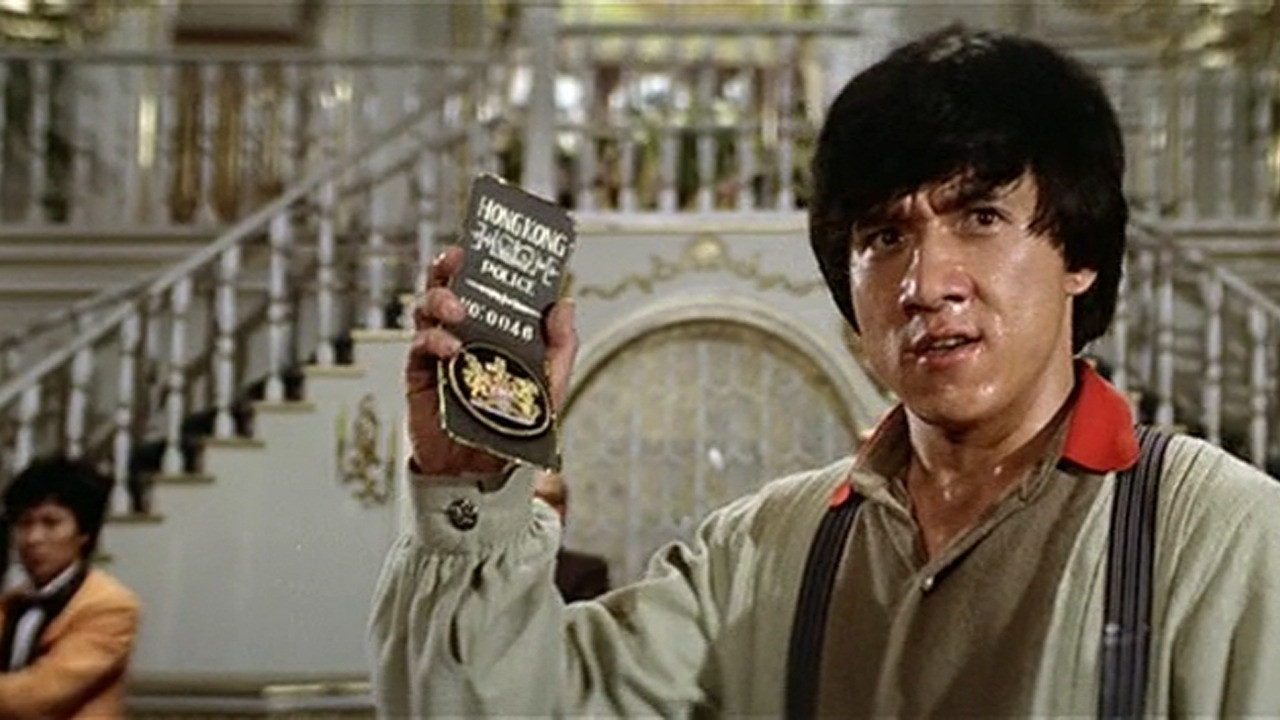
Dragon Ma is a member of the Coast Guard in Hong Kong, whose main purpose is to suppress piracy in the area. The Coast Guard has a rivalry with the police force and their antagonism reaches its zenith when the two meet in a restaurant, where a huge fight occurs between a number of their members, including their two respective “leaders”, Dragon and Major Tzu.
A bit later, during the beginning of a large expedition by the Coast Guard against the pirates, the latter succeeds in detonating the majority of the ships, thus canceling the entire operation. Subsequently, the Coast Guard is dismantled and their members are forced to join the police, with Major Tzu as their trainer.
The film features the crème de la crème of Hong Kong action films at the time, including the “Three Brothers”, Jackie Chan, Sammo Hung (who also co-directed) and Yuen Biao, and Dick Wei as the leader of the pirates.
Every action scene is impressive, including the one in the private club, the unrelenting chases through the streets of Hong Kong and the final one, with the aforementioned actors exhibiting some of their best performances within the sublime action choreography. With the addition of a plethora of comic scenes chiefly presented by Jackie Chan, “Project A” amounts to one of the most entertaining films ever to come out of Hong Kong.
10. The 8 Diagram Pole Fighter (Lau Kar Leung, 1984)
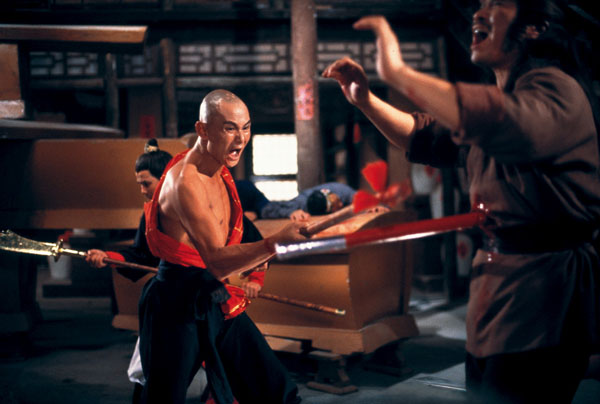
The Yang family is a group of seven brothers who, along with their father, frequently come to defend the ruling Sung Dynasty. However, the cunning general Pang Mai is jealous of the family’s status and plots with the Tartars, the most vicious enemies of the dynasty against them. Eventually, he manages to set them up as traitors and even tricks them into an ambush set by the Tartars, which ends with the family’s massacre and only the fifth and the sixth son surviving.
The latter manages to return to his home to inform of the incident but has become totally insane in the process. The fifth eventually ends up in a monastery and, desperate for revenge, manages to persuade the abbot into teaching him his pole fighting technique. Subsequently, he embarks to confront his enemies.
Lau Kar Leung and Gordon Liu, who portrays the fifth brother, had a number of great collaborations and this one is their best. The film includes great training sequences, some of the most impressive pole fighting scenes ever seen in martial arts movies, and a sublime final fight among a pyramid of coffins.
Furthermore, the Buddhist undertone that has a serious effect on the story, as well as the great performance of Alexander Fu (who plays the sixth brother who sinks into paranoia), transcend the borders of the martial arts film, thus resulting in a great film overall.